
See how much you could save by moving debt from a high-interest credit card to a new card with a 0% intro rate.
Updated May 1, 2024 9:50 a.m. PDT · 5 min read Written by Paul Soucy Lead Assigning Editor Paul Soucy
Lead Assigning Editor | Credit cards, credit scoring, personal finance
Paul Soucy has led the Credit Cards content team at NerdWallet since 2015 and the Travel Rewards team since 2023. He was an editor with USA Today, The Des Moines Register and the Meredith/Better Homes and Gardens family of magazines for more than 20 years. He also built a successful freelance writing and editing practice with a focus on business and personal finance. He was editor of the USA Today Weekly International Edition for six years and received the highest award from ACES: The Society for Editing. He has a bachelor's degree in journalism and a Master of Business Administration. He lives in Des Moines, Iowa, with his wife, Sarah; his two sons; and a dog named Sam.
Lead Assigning Editor Paul Soucy
Lead Assigning Editor | Credit cards, credit scoring, personal finance
Paul Soucy has led the Credit Cards content team at NerdWallet since 2015 and the Travel Rewards team since 2023. He was an editor with USA Today, The Des Moines Register and the Meredith/Better Homes and Gardens family of magazines for more than 20 years. He also built a successful freelance writing and editing practice with a focus on business and personal finance. He was editor of the USA Today Weekly International Edition for six years and received the highest award from ACES: The Society for Editing. He has a bachelor's degree in journalism and a Master of Business Administration. He lives in Des Moines, Iowa, with his wife, Sarah; his two sons; and a dog named Sam.
Fact Checked
Many, or all, of the products featured on this page are from our advertising partners who compensate us when you take certain actions on our website or click to take an action on their website. However, this does not influence our evaluations. Our opinions are our own. Here is a list of our partners and here's how we make money.
If you're carrying debt on a credit card that charges typical credit card interest rates, you may be paying hundreds or even thousands of dollars a year in interest. Moving that debt to a balance transfer credit card with a 0% introductory APR period could reduce your interest costs to zero. That not only can save you money, but also can allow you to get out of debt more quickly, since every dollar you pay will go toward eliminating your balance rather than paying interest.
Our credit card balance transfer calculator can give you a sense of how much money you could save by doing a balance transfer. Tell us how much debt you're carrying, the interest rate on that debt, and a couple of details about the balance transfer credit card you're looking at, and we'll estimate your potential savings.
NEED HELP FINDING THIS INFORMATION? Click hereExisting debt: Credit card debt to transfer
Your monthly credit card statement will show you how much you currently owe. You can also find it by logging into your account online. Make sure to enter the card's balance, rather than the current minimum payment (which is often the more prominent number on your statement).
Existing debt: Interest rate
The interest rate, or APR, that applies to your account also appears on your monthly credit card statement. Look for a section labeled "Interest charges" or "Interest charge calculation." The rate charged on purchases made with the card is the "purchase APR."
Balance transfer card: Transfer fee
With only a few exceptions, every card will charge you a fee for transferring a balance to it. You can find the balance transfer fee for any credit card in the Schumer box , a table of rates and fees that card issuers are required to make available to people applying for the card. On the web, the marketing page for a credit card will typically have a link to the Schumer box, labeled something like "See rates and fees" or "See terms." Balance transfer fees are typically a percentage of the amount transferred, and there's usually a minimum fee. For example, the fee might be described as "3% of the amount transferred, or $10, whichever is greater." For simplicity, our balance transfer calculator uses just the percentage fee; unless you're transferring only a few hundred dollars in debt, you'll be paying more than that minimum dollar amount.
Balance transfer card: 0% intro APR period
The number of months in the 0% introductory period will also be listed in the Schumer box. Look for a section labeled "Annual percentage rate (or APR) for balance transfers." It will tell you how many billing periods you get at 0% before the APR on transferred balances resets to the regular rate. If a portion of the balance is still unpaid at the end of the intro period, you'll be charged that rate going forward.
The results you get from the credit card balance transfer calculator are an estimate of how much you could save if you moved your debt to a card with a 0% offer for balance transfers, compared with what you'd pay if you left the debt where it is. The results are based on two assumptions:
1. You'd pay off the debt within the 0% intro APR period on the balance transfer card.
Say the card you're looking at offers 18 months of 0%. Our balance transfer calculator uses this as the time frame for estimating costs. In other words, you'll either:
Leave the debt on your current card and pay it off over 18 months, or Move it to the 0% card and pay it off over 18 months.The calculated savings is the difference between these two.
Don't think you'll need the full length of the 0% period to pay off the debt? You can experiment with different repayment schedules by changing the number of months in the calculator. The faster you plan to pay off the debt, the lower your interest costs would be if you didn't transfer the balance. If your repayment period is short enough, your interest savings might not even make up for the transfer fee.
2. You'd pay off the debt with equal payments over that period.
When you're paying off debt on a card that's charging you interest, your repayment schedule has a huge effect on the total amount of interest you pay. The more you pay each month, the less you'll ultimately be charged in interest and the faster you'll eliminate the debt. For example, say you're starting with $3,000 in debt on a card that charges 16% interest:
If you paid this much each month .
You'd be charged about this much in total interest .
And you'd pay off the debt within .
There are countless ways you could choose to pay down your debt. You could pay an equal amount each month (the scenarios in the chart above), or you could pay a variable amount based on what you have available. You could pay once a month or multiple times a month. You could even just pay the "minimum amount due" shown on your statement, which will keep your account in good standing but can also keep you in debt for years .
No calculator can account for every single potential payment option. Our balance transfer calculator, therefore, assumes that your payment will be the same every month and that it will be the exact amount necessary to pay off the debt within the time frame.
To give you a better sense of the cost of carrying credit card debt without doing a balance transfer, we've created a second calculator that tells you exactly how much you would need to pay every month to eliminate your debt within a given time frame.
This isn’t as simple as dividing your debt by the number of months in the repayment period. If you have $1,000 in debt, for instance, paying $100 a month for 10 months won’t get you in the clear, because you'll be charged interest. At 16% interest, you'd have to pay $107.48 a month to completely eliminate the debt in 10 months.
Tell us how much debt you have, the interest rate on that debt and how many months you'd need to pay it off, and we'll tell you your required monthly payment, the total amount of your payments over your time frame and the total amount you'd pay in interest.
A balance transfer provides the answer to a common question: "Can I use one credit card to pay off another?" When you request a transfer, the bank that issued your new credit card sends a payment on your old card and then adds that amount to the balance on the new card, along with the balance transfer fee. You can sometimes request a transfer at the time you apply for the new card; you can also call the issuer after you get the card, or use a convenience check .
Take charge and banish debtSign up with NerdWallet to get a full picture of your spending and personalized recommendations for credit cards that save money on interest.
GET STARTED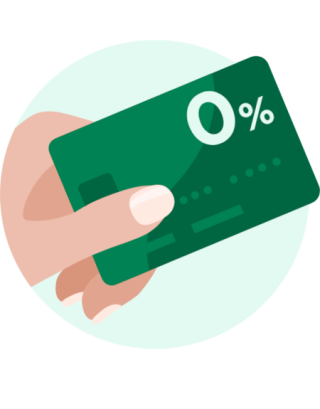
Balance transfer cards generally work the same way. The key differentiating factors are:
Balance transfer fee. This fee will typically be 3% to 5% of the amount transferred, which translates to $30 to $50 per $1,000 transferred. The lower the fee, the better, but even with a fee on the high end, your interest savings might easily make up for the cost.
Length of 0% introductory period. A good balance transfer credit card will have a 0% period of 15 months or longer. Some give you close to two years at 0%. You might not need that much time, but the longer the 0% period, the more flexibility you have.
Some credit cards have a 0% intro period for purchases but not for balance transfers. Before applying for a card to execute a transfer, make sure the card you want does indeed have a 0% period for transferred debt.
Card issuer. As a general rule, you can't transfer debt between cards from the same issuer. If your current debt is on a Citi card, you can't transfer it to another Citi card. You can't transfer debt from one Wells Fargo card to another, and so on.
Rewards. It's worth thinking about what you're going to do with your balance transfer credit card down the road, after you've paid off your debt. Many balance transfer cards don't offer a very compelling reason to keep using them after the 0% period runs out — they offer no rewards, and their ongoing interest rates aren't particularly low. However, a number of excellent rewards credit cards offer balance transfer promotions of 15 to 18 months.
Below are a few credit cards rated as among the best for balance transfers by our editorial team. For other options, see NerdWallet's best balance transfer credit cards . That list includes "pure" balance transfer credit cards with extra-long 0% intro periods, as well as rewards cards with solid balance transfer offers. You can apply for most of these cards directly from NerdWallet.
Popular balance transfer cards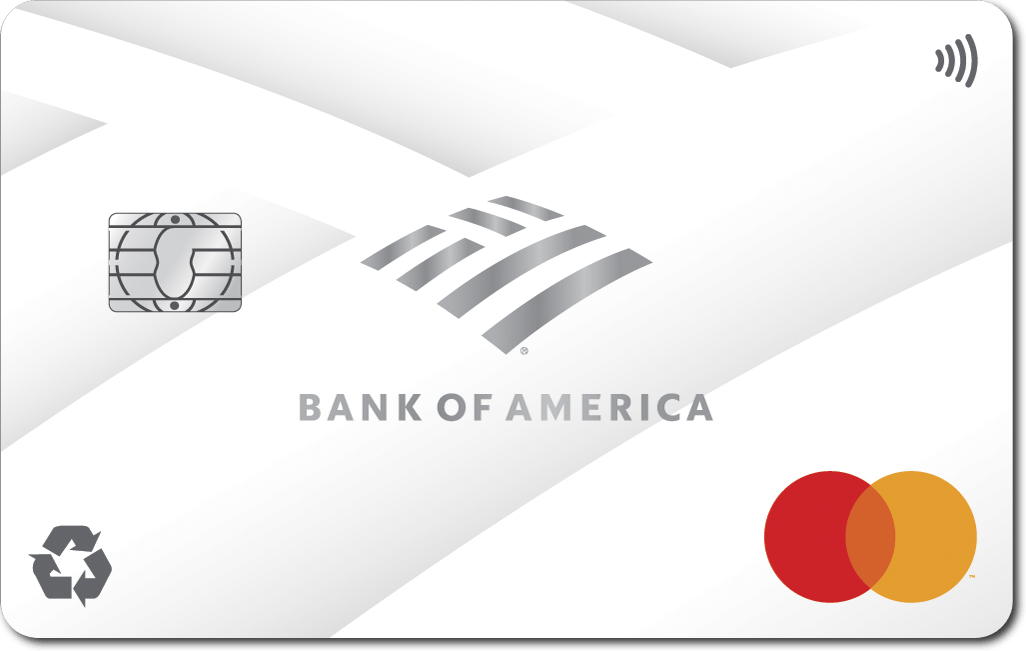
NerdWallet's ratings are determined by our editorial team. The scoring formula takes into account the type of card being reviewed (such as cash back, travel or balance transfer) and the card's rates, fees, rewards and other features.
on Bank of America's website
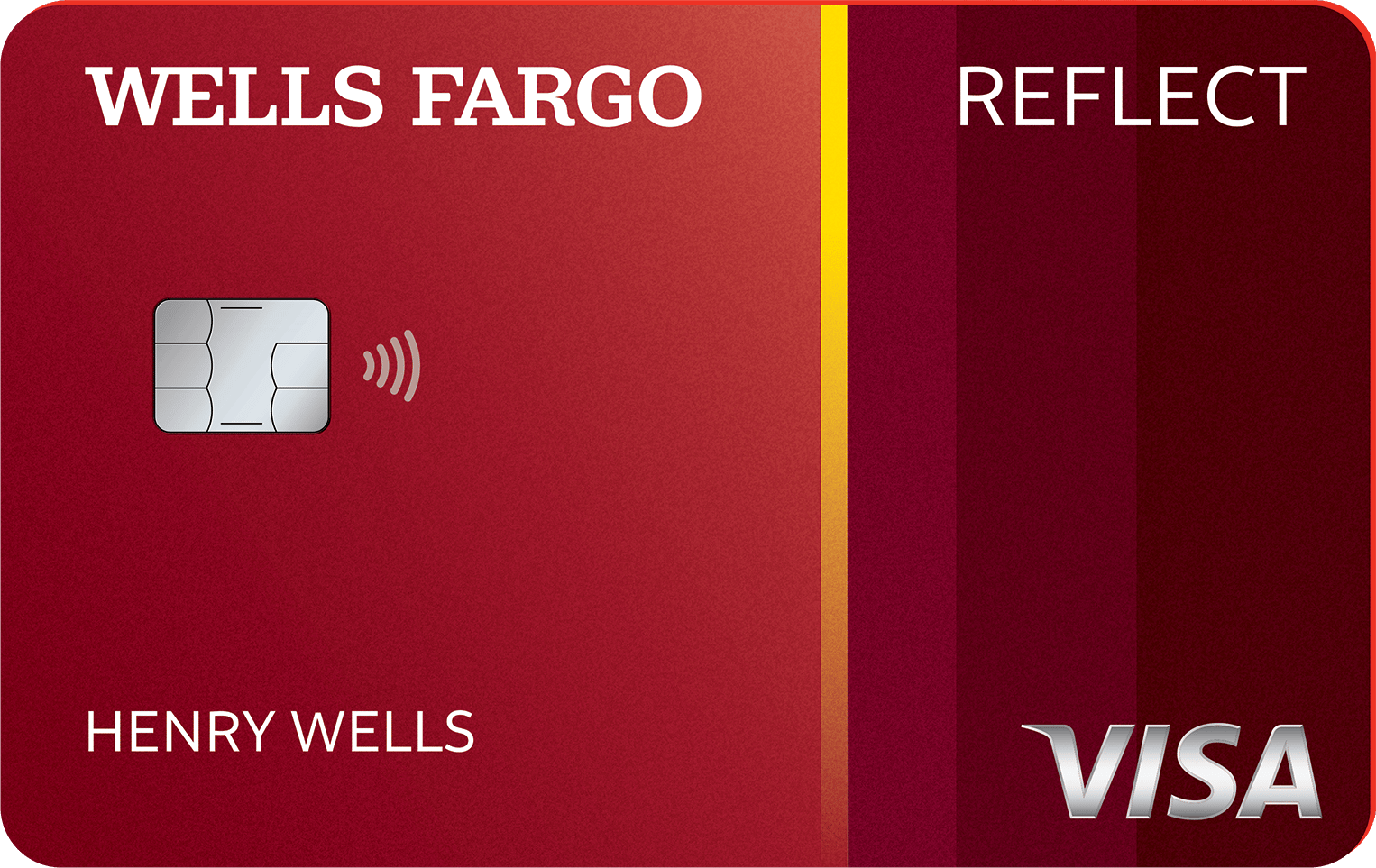
NerdWallet's ratings are determined by our editorial team. The scoring formula takes into account the type of card being reviewed (such as cash back, travel or balance transfer) and the card's rates, fees, rewards and other features.
on Wells Fargo's website
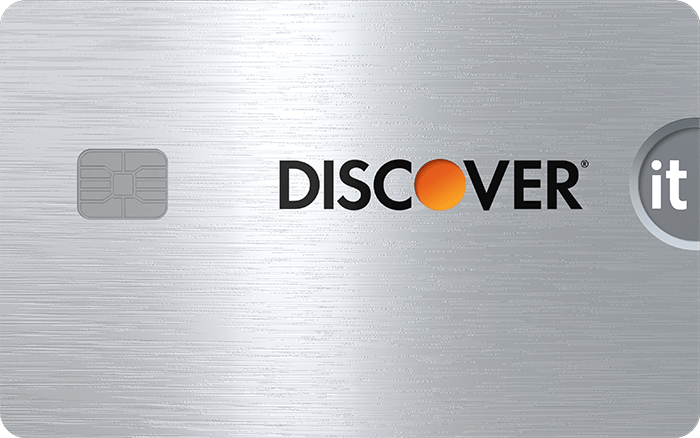
NerdWallet's ratings are determined by our editorial team. The scoring formula takes into account the type of card being reviewed (such as cash back, travel or balance transfer) and the card's rates, fees, rewards and other features.
on Discover's website, or call 800-347-0264
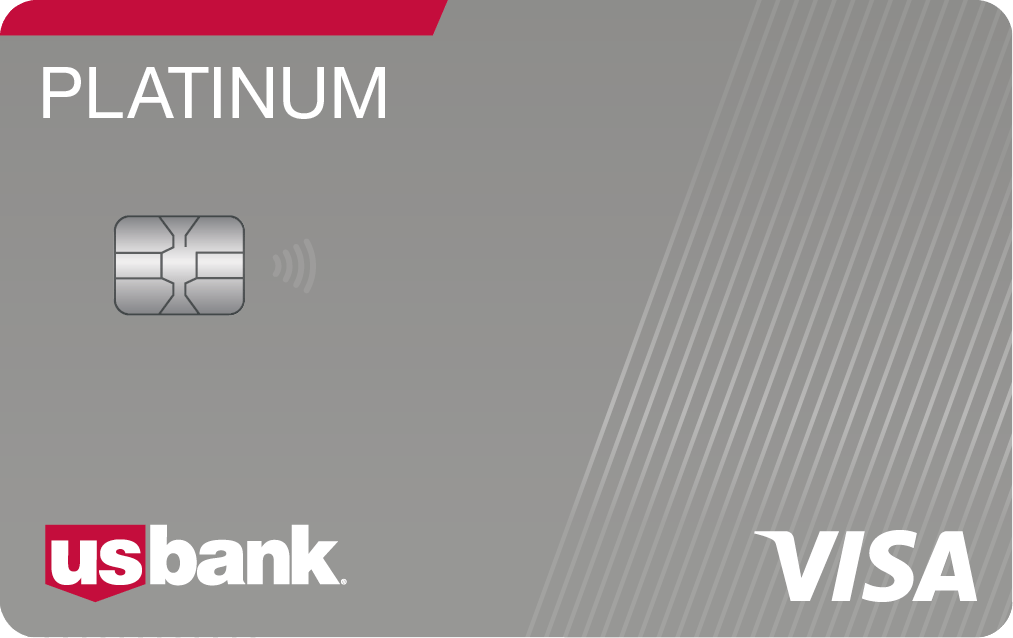
NerdWallet's ratings are determined by our editorial team. The scoring formula takes into account the type of card being reviewed (such as cash back, travel or balance transfer) and the card's rates, fees, rewards and other features.
Read review Balance transfer detailsAPR: 0% Intro APR for 18 billing cycles for purchases, and for any balance transfers made in the first 60 days. After the Intro APR offer ends, a Variable APR that’s currently 16.24% - 26.24% will apply
Balance transfer fee: 3% for 60 days from account opening, then 4%.
APR: 0% intro APR for 21 months from account opening on purchases and qualifying balance transfers, and then the ongoing APR of 18.24%, 24.74%, or 29.99% Variable APR .
Balance transfer fee: 5% of the amount transferred ($5 minimum).
APR: 0% intro APR on Purchases for 6 months and 0% intro APR on Balance Transfers for 18 months, and then the ongoing APR of 18.24%-28.24% Variable APR .
Balance transfer fee: 3% intro balance transfer fee; up to 5% fee on future balance transfers (see terms).
APR: 0% intro APR for 18 billing cycles on purchases and balance transfers, and then the ongoing APR of 18.74%-29.74% Variable APR .
Balance transfer fee: 3% intro fee on balance transfers made within 60 days, then 5% after that (minimum $5).*
Learn more Read Review Read Review Read Review Read Review* For U.S. Bank Visa® Platinum Card : An introductory fee of either 3% of the amount of each transfer or $5 minimum, whichever is greater, for balances transferred within 60 days of account opening. After that, either 5% of the amount of each transfer or $5 minimum, whichever is greater.
Frequently asked questions Which balance transfer credit card will save me the most money?How much money you'll save with a balance transfer actually has more to do with the debt you're moving than with the card you're moving it to. The cost of carrying that debt depends on how much debt you have, the interest rate you're currently being charged on that debt and how long it would take you to pay it off if you didn't transfer it.
When it comes to the card you're moving the debt to, generally speaking, the lower the balance transfer fee, the greater your savings. And the longer the 0% period, the more time you have to eliminate your debt without paying interest, which can also translate into more savings. See our best balance transfer cards to compare your options.
Will a balance transfer always save me money?A balance transfer will save you money only if the amount you save on interest comes out to be more than the fee you pay to transfer the debt. If you're going to be paying off your debt within a month or two, you might be better off just keeping it where it is and paying it off directly, as opposed to paying 3% to 5% to move it to a different card.
What happens when the 0% period for balance transfers ends?If any of your transferred balance is still unpaid when the introductory 0% APR period ends, you'll be charged the card's regular interest rate on the remaining portion. Only the remaining debt will incur interest. You will not be charged "retroactive interest" on a card that specifies an introductory rate of 0%. That only happens with "deferred interest" promotions .
Which balance transfer credit card will save me the most money?How much money you'll save with a balance transfer actually has more to do with the debt you're moving than with the card you're moving it to. The cost of carrying that debt depends on how much debt you have, the interest rate you're currently being charged on that debt and how long it would take you to pay it off if you didn't transfer it.
When it comes to the card you're moving the debt to, generally speaking, the lower the balance transfer fee, the greater your savings. And the longer the 0% period, the more time you have to eliminate your debt without paying interest, which can also translate into more savings. See our
best balance transfer cards
to compare your options.
Will a balance transfer always save me money?A balance transfer will save you money only if the amount you save on interest comes out to be more than the fee you pay to transfer the debt. If you're going to be paying off your debt within a month or two, you might be better off just keeping it where it is and paying it off directly, as opposed to paying 3% to 5% to move it to a different card.
What happens when the 0% period for balance transfers ends?If any of your transferred balance is still unpaid when the introductory 0% APR period ends, you'll be charged the card's regular interest rate on the remaining portion. Only the remaining debt will incur interest. You will not be charged "retroactive interest" on a card that specifies an introductory rate of 0%. That only happens with
"deferred interest" promotions
About the authorYou’re following Paul Soucy
Visit your My NerdWallet Settings page to see all the writers you're following.
Paul has been the lead editor for NerdWallet's credit cards team since 2015 and for the travel rewards team since 2023. Previously, he worked at USA Today and the Des Moines Register, then built a freelance writing and editing business focused on personal finance topics. He has a bachelor's degree in journalism and an MBA. See full bio.
On a similar note.

Download the app

Disclaimer: NerdWallet strives to keep its information accurate and up to date. This information may be different than what you see when you visit a financial institution, service provider or specific product’s site. All financial products, shopping products and services are presented without warranty. When evaluating offers, please review the financial institution’s Terms and Conditions. Pre-qualified offers are not binding. If you find discrepancies with your credit score or information from your credit report, please contact TransUnion® directly.
NerdUp by NerdWallet credit card: NerdWallet is not a bank. Bank services provided by Evolve Bank & Trust, member FDIC. The NerdUp by NerdWallet Credit Card is issued by Evolve Bank & Trust pursuant to a license from MasterCard International Inc.
Impact on your credit may vary, as credit scores are independently determined by credit bureaus based on a number of factors including the financial decisions you make with other financial services organizations.
NerdWallet Compare, Inc. NMLS ID# 1617539
California: California Finance Lender loans arranged pursuant to Department of Financial Protection and Innovation Finance Lenders License #60DBO-74812
Insurance Services offered through NerdWallet Insurance Services, Inc. (CA resident license no.OK92033) Insurance Licenses
NerdWallet™ | 55 Hawthorne St. - 10th Floor, San Francisco, CA 94105